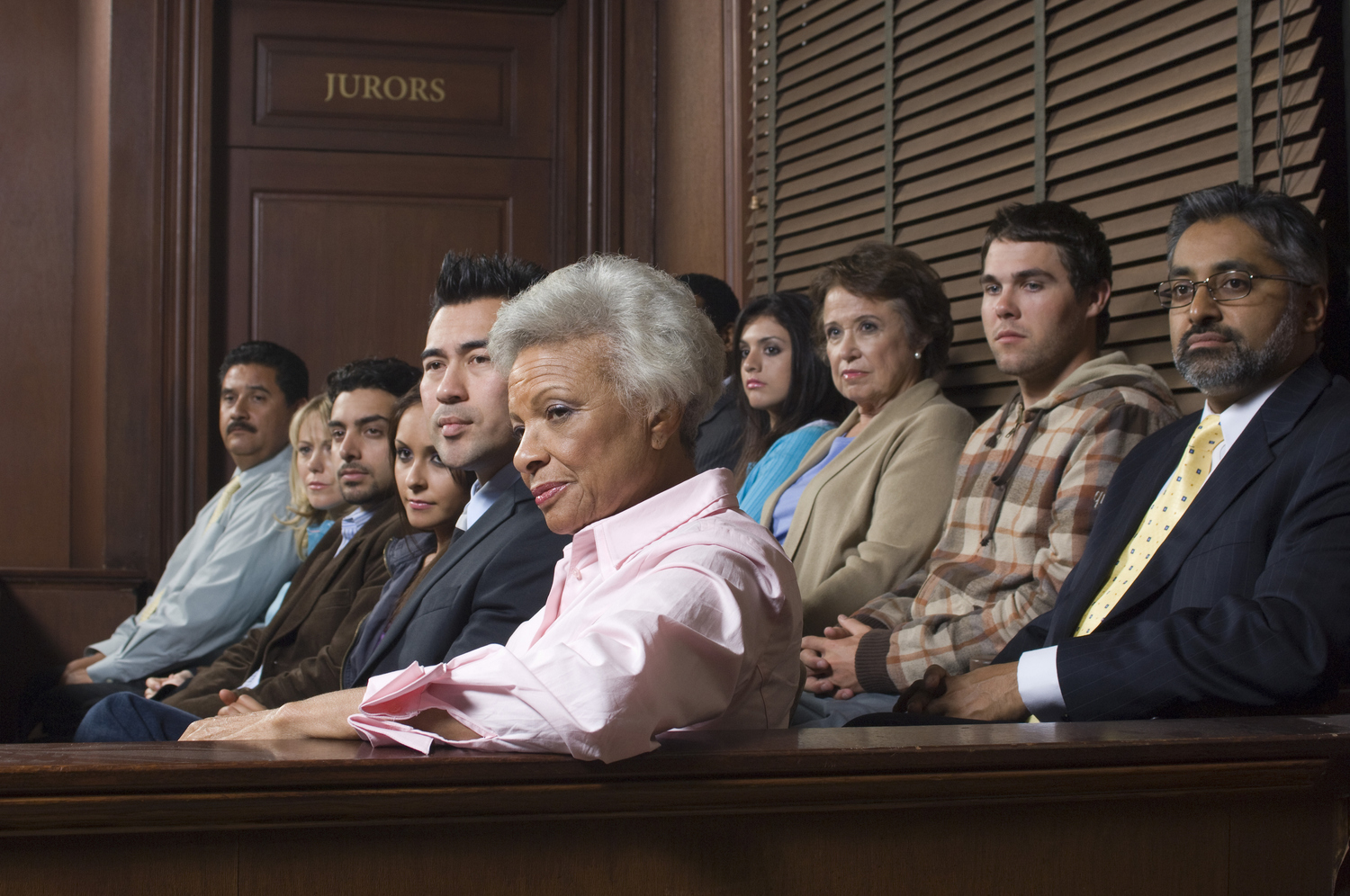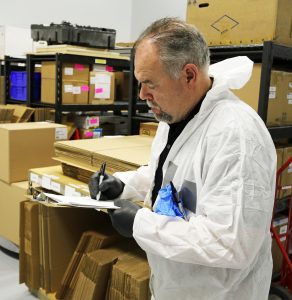Perspective /pər’ spektiv/ n. a particular attitude toward or way of regarding something; a point of view.
It’s All About Courtroom Perspective
In the courtroom, it is the attorney’s job to influence the attitudes of the jury, and deliver a conviction by presenting solid evidence.
Traditionally, courtroom perspective has been influenced by verbal testimony, still photographs, and physical evidence found at the scene. But, as with all technology, photography has evolved according to demand. Spherical photography has entered the picture (no pun intended) and it takes mere minutes to photograph an entire crime scene in 360-degrees.
John Dobies, retired investigator, has investigated, indicted, and convicted defendants with 360-degree imagery. Dobies explains how spherical imagining caters to the demands of today’s technology-adept generation in the courtroom.
“Today’s generation was pretty much born and raised with all the new technology. They don’t want to look at two-dimensional images in a stack on a table. They want to see the technology. It’s moveable, it’s interactive, the prosecutor can articulate what’s on the screen. If a judge or juror has questions, we can rotate the sphere and explain. You can’t argue with it. The image is what the image is.”
Not only is 360-degree more preferable in the courtroom, it is superior at live crime scenes. Crime scene photographers typically shoot still photos from the four corners of a room to the center, whereas spherical photographs are shot from the middle of the scene, outward. Those later viewing the photographs are put right in the middle of the scene, in all of its gruesome reality.
Hank Kula, retired police sergeant, describes a homicide scene during the final investigation of his nearly three-decade law enforcement career.
“The scene was covered in blood with the suspect’s footprints in it. Spherical photography was the perfect medium to capture the scene. We photographed all the evidence with just a couple of shots. Capturing everything so quickly enabled us to share the scene with command and investigators outside the perimeter and prevent the scene from being trampled by non-essential personnel. Instead of spending a lot of time reviewing unsteady hand-held video, they viewed and manipulated perspectives to understand the scope of the scene and zoom in on details. That quick understanding provided foundation for a search warrant and expedited the investigation.”
The perspective and context provided to all participants in the judicial system viewing 360-degree photography is invaluable. In Part Two of this blog, we will continue to uncover the merits of spherical photography, including 5 unique crime scenes and courtroom applications.

 “Today’s generation was pretty much born and raised with all the new technology. They don’t want to look at two-dimensional images in a stack on a table. They want to see the technology. It’s moveable, it’s interactive, the prosecutor can articulate what’s on the screen. If a judge or juror has questions, we can rotate the sphere and explain. You can’t argue with it. The image is what the image is.”
“Today’s generation was pretty much born and raised with all the new technology. They don’t want to look at two-dimensional images in a stack on a table. They want to see the technology. It’s moveable, it’s interactive, the prosecutor can articulate what’s on the screen. If a judge or juror has questions, we can rotate the sphere and explain. You can’t argue with it. The image is what the image is.”